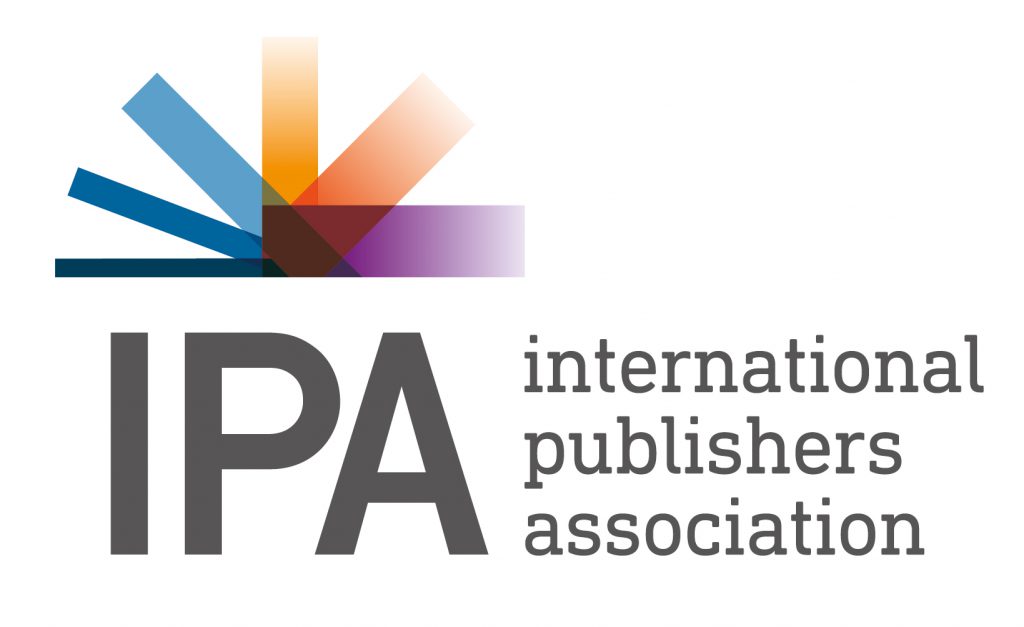It’s pretty clear that any normative proposal that has been cluttering the WIPO table for 20 years will inevitably be a very different one now than at its birth. To an SCCR virgin like me, it’s quite astonishing that the delegates are today arguing about what “broadcasting” means, or what is intended by “cablecasting”. Surely these definitions would have been the first item on the first agenda 20 years ago? Perhaps, but the simple truth is that the technology this document seeks to govern is evolving much faster than the rate at which the wheels of multilateral negotiation can turn.
The way we access and consume content in 2016 has changed so radically since the treaty was first tabled, in 1996, that I can’t help wondering whether, even if an agreement is carved out, the treaty risks falling into obsolescence before it can even be ratified.
This possibility was cast into stark relief this afternoon at a peripheral presentation by the International Federation of the Phonographic Industry (IFPI), the body that looks after the interests of the worldwide recording industry. The speakers, including musicians and record bosses, complained that streaming services – YouTube in particular – had been allowed to trample over the music industry’s economic prospects because of the so-called “safe harbour” provisions of the US Digital Millennium Copyright Act (DMCA), which were designed to protect internet service providers from the consequences of their users’ actions.
Crispin Hunt, former frontman of ‘90s Britpop band the Longpigs and now a music producer in his own right, said safe harbour had been essential when the internet was new, but that ‘nobody saw broadband coming’. And Marc Lynn, a one-time Swiss rock star who runs his own small record label today, said he was now seeing young musicians basing their creative choices on what will reap the biggest ad-related rewards from YouTube. ‘It’s not very motivating – that’s the nice way to put it,’ he said.
The message behind this encounter was that a once necessary and helpful legal instrument designed to encourage a particular technology has now gone bad. It’s become a shield behind which tech companies can make vast fortunes from other people’s work while paying almost nothing in return.
When laws favouring a new technology exceed their shelf life they can go beyond the principled defence of one legitimate party to the demolition of another.
Those of us who believe in the importance of copyright as a timeless concept, and licensing as its 21st century application, must hope that when the SCCR conversation turns to exceptions and limitations for libraries and archives, educational and research bodies and for persons of other disabilities, the delegates bear this very real danger in mind.
IPA legal counsel Carlo Scollo Lavizzari, who is also attending the week-long meeting, said: “As we move into tomorrow it’s my hope that the discussion considers that broadening exceptions and permitting free uses is not the answer in the digital age. What’s necessary today is to make licensing faster, smarter and more intuitive.”

